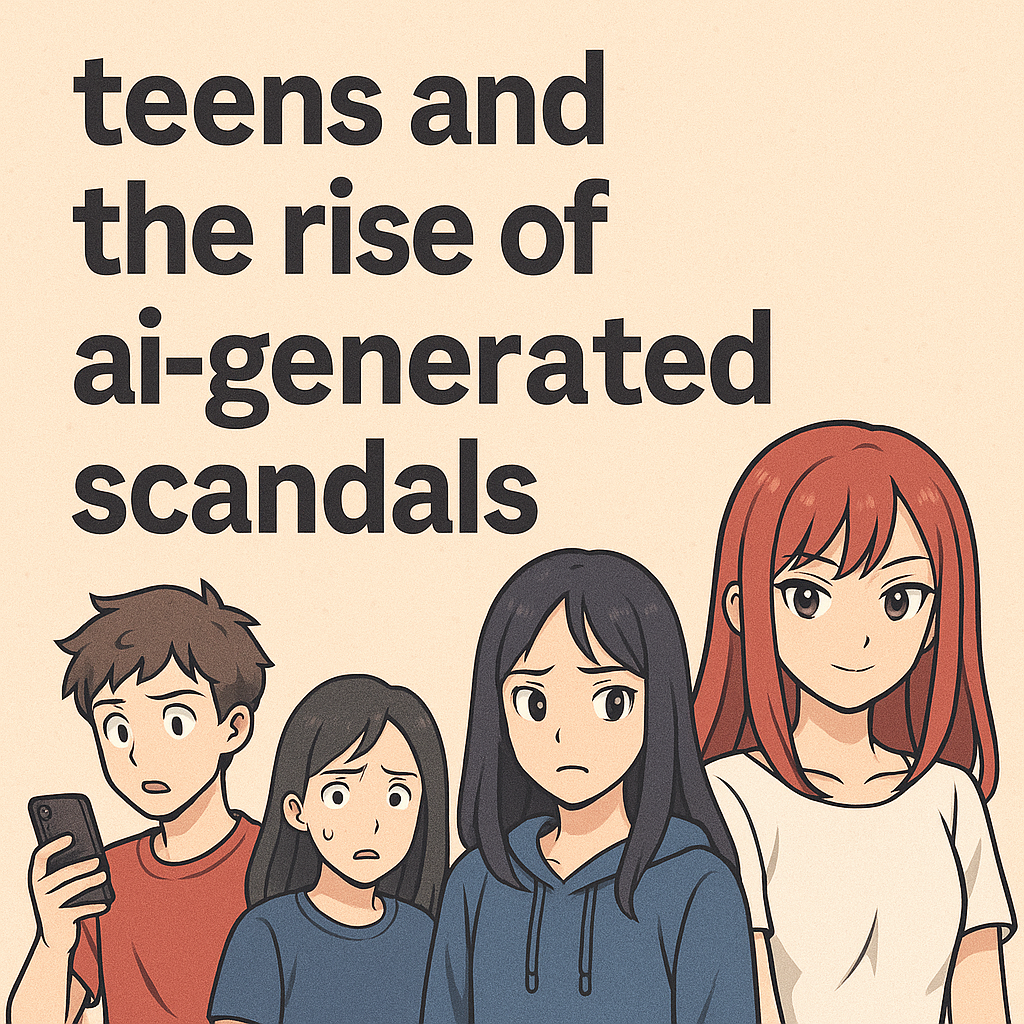Medium
1M
311

Image Credit: Medium
When pixels lie: how Deepfakes are haunting teen life
- Deepfakes have evolved from a distant sci-fi threat to a concerning reality in high schools, where AI-generated media is causing chaos among teenagers.
- Popular tools like FaceMagic and Zao provide teens with easy access to face-swapping, voice-cloning, and video manipulation capabilities.
- Teenagers now have the power to create realistic deepfakes that can easily damage someone's reputation or cause emotional harm.
- The widespread accessibility of deepfake technology has shifted it from harmless theory to a weapon for humiliation and deception.
- Platforms like YouTube and TikTok contribute to the spread of deepfakes by boosting content that garners clicks, leading to ethical concerns.
- Legislation around deepfakes is still in its early stages, with some states having laws focusing on specific aspects like nudity or politics.
- Victims of deepfakes, especially teens and women, report severe emotional trauma comparable to real-life harassment and bullying.
- Efforts to combat deepfake misuse include promoting media literacy, implementing safeguards in tools, and seeking legal recourse when necessary.
- Schools can play a crucial role in educating students about the risks and ethical considerations surrounding deepfake technology.
- Ethical developers are called upon to enhance tools with features like watermarking and consent-based inputs to mitigate potential harm.
- Deepfakes have the potential to amplify storytelling and creativity when used transparently, but misuse in low-stakes environments can have detrimental effects.
Read Full Article
18 Likes
For uninterrupted reading, download the app